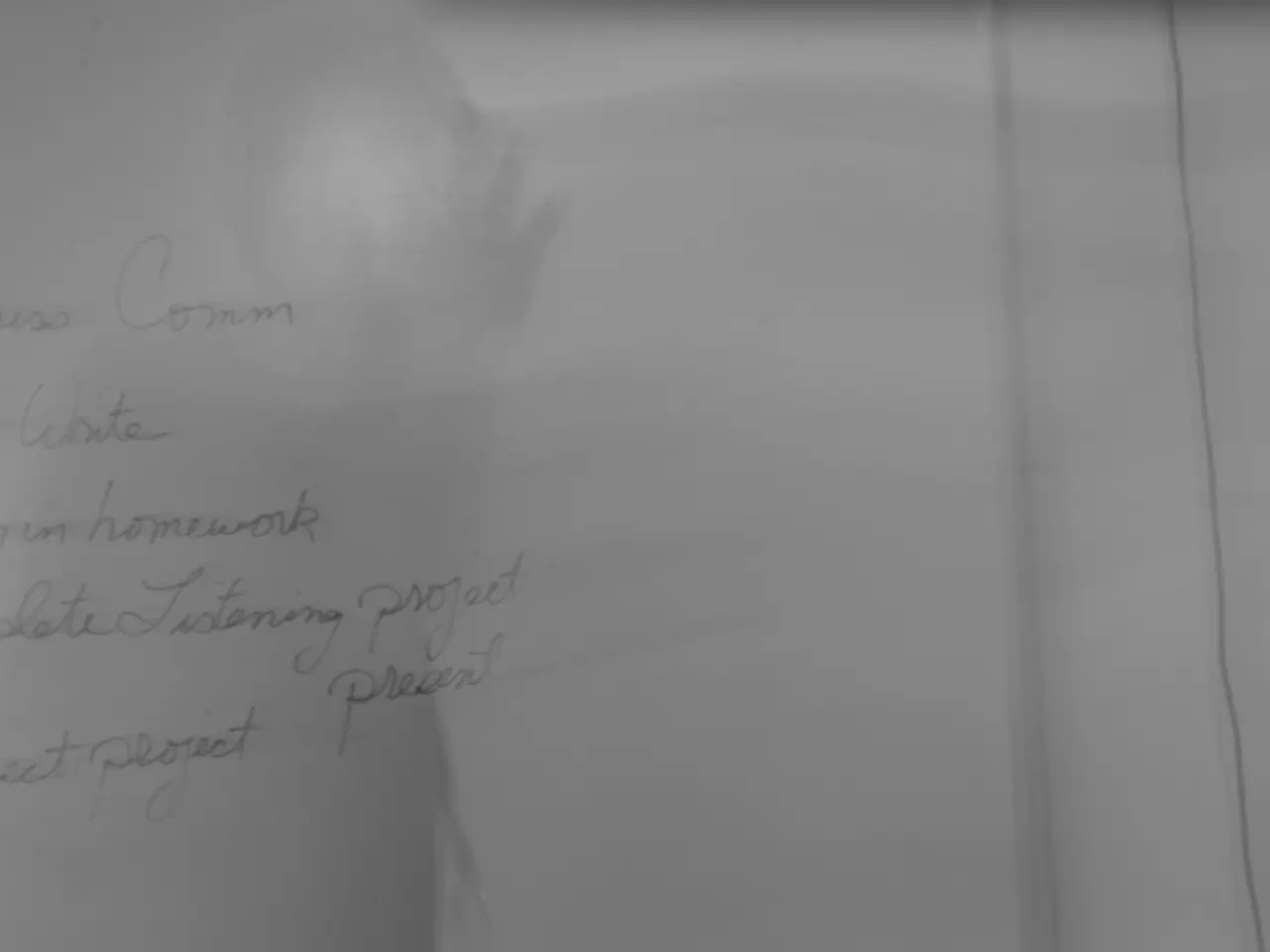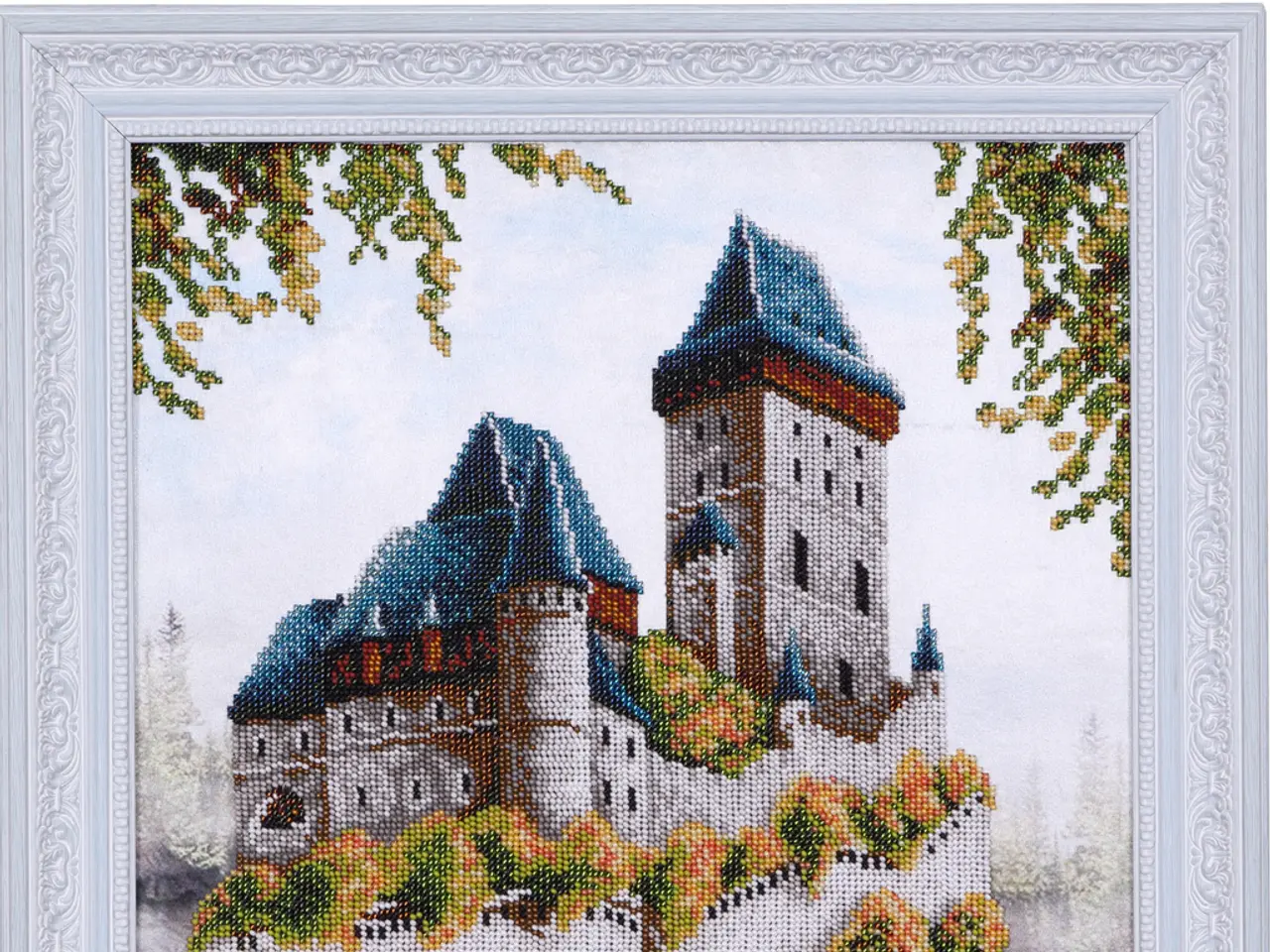Ulm to approve a decrease in the construction of individual and duplex residences
In the picturesque city of Ulm, a shift in housing policy is underway. The city administration is focusing on multi-family housing developments to accommodate the increasing population and address rising rents.
Laura Messerschmidt and her family are among those who have waited seven years for a building plot in Ulm and now reside in the new development area of Ulm-Jungingen. For them, a semi-detached house presents a good compromise due to affordability concerns.
The district of Wiblingen, however, has seen less land allocated for single and two-family houses in recent developments, with row houses and terraced houses being the norm. This trend is reflective of the city's broader housing strategy, which prioritizes multi-family housing units to provide more affordable and space-efficient living solutions.
Ulm boasts the highest proportion of single-family homes compared to other city districts. Many of these homes are located in the municipalities that belong to the city. However, the city council is considering further reducing the share of single and two-family houses and changing the existing building plan.
The CDU faction in the Ulm city council is against this plan, with Councilor Thomas Kienle (CDU) believing that the idea of no longer allocating building areas for detached single or two-family houses is the wrong signal and could harm the city of Ulm.
Despite the heated debates, the city administration is pushing forward with its plans. The city is planning to allocate less land for detached single and two-family houses in new developments and is considering alternative uses for free areas, including renewable energy projects, reforestation, agriculture, and housing developments.
The Greens, on the other hand, prioritize sufficient housing space over individual dreams. In fact, around a thousand people have registered their interest for the 40 building plots in the "Beim Brückle, Teil 1" residential area in Ulm-Donaustetten in spring 2025.
This shift towards multi-family housing is part of a broader urban development trend in European mid-sized cities like Ulm. The city administration aims to balance urban growth and sustainability by managing free areas in a multifunctional way, including renewable energy, reforestation, agriculture, and housing projects.
For those seeking detailed city planning documents or quantified development plans, these are best obtained from Ulm city urban planning authorities or official municipal publications. The publicly available rental and property data provide only indirect insights into the city's housing policy.
In summary, Ulm's housing policy is favouring multi-family housing over single-family houses in terms of future development, while free areas are being managed in a multifunctional way to balance urban growth and sustainability.
- The city administration in Ulm is considering investing in renewable energy projects and reforestation, as alternatives to allocating land for detached single and two-family houses, which aligns with their broader strategy of promoting multi-family housing.
- With the trend of prioritizing multi-family housing, the Greens have expressed interest in the 40 building plots in the "Beim Brückle, Teil 1" residential area in Ulm-Donaustetten, indicating a shift in investment preference from single-family houses to multi-family units.




